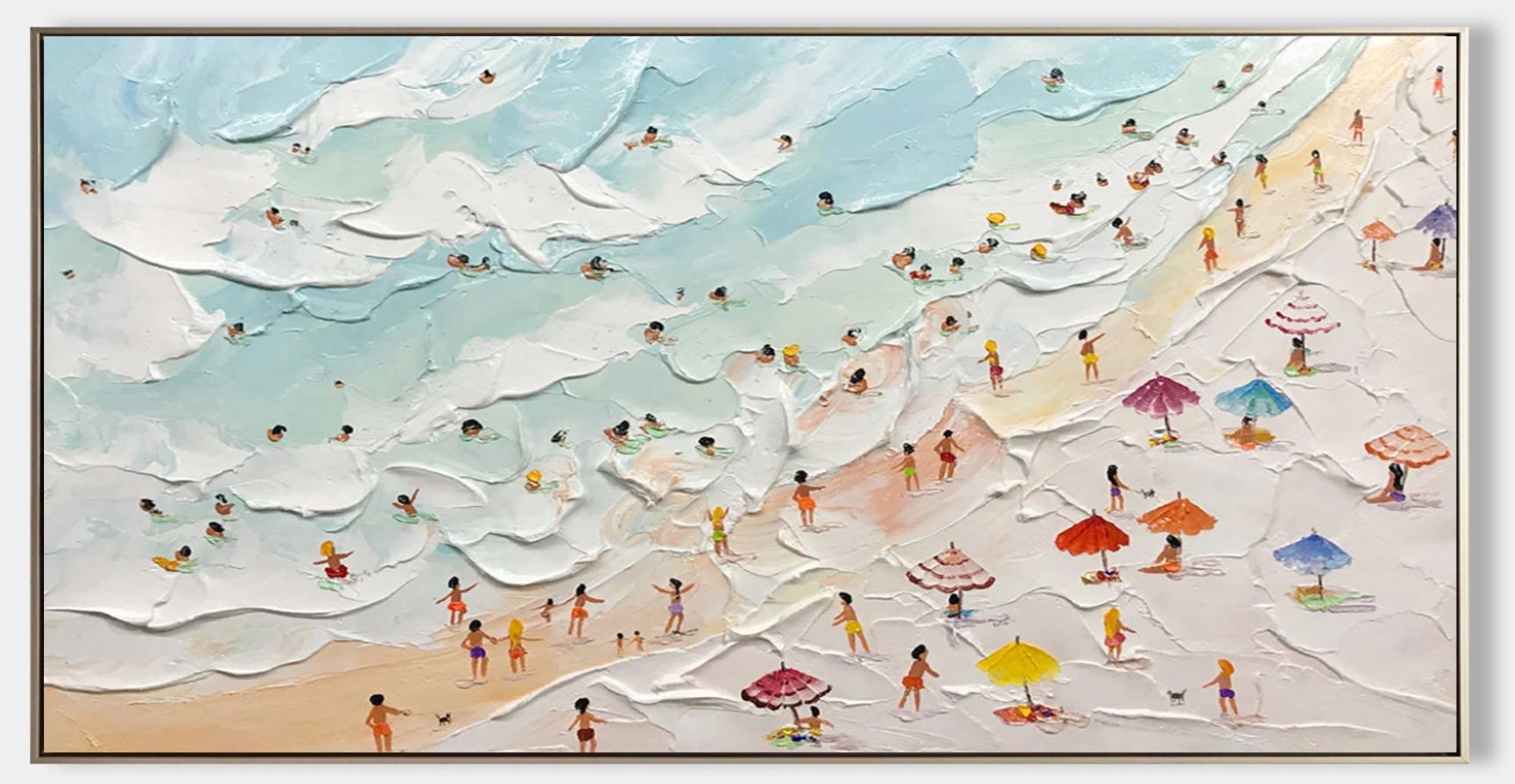Oil painting can feel scary at first, right? But painting flowers is actually one of the easiest and most relaxing ways to start! If you’re looking to dip your brush into the world of oil painting, simple flowers are the way to go.
Pick a Simple Design First
The biggest mistake beginners make? Picking complicated flowers with crazy details.
Start simple. A few good options:
- A basic daisy with five to seven petals
- A loose tulip
- A big, bold sunflower
Don’t try to make them look photo-perfect.
Loose, flowing petals feel much more lively and natural anyway.
Keep Your Color Palette Small
You don’t need all the colors in the world to make a stunning flower painting.
Try limiting yourself to 3–5 colors max. For example:
- White
- Lemon yellow
- Crimson red
- Sap green
- Ultramarine blue
Keeping the palette small actually makes blending easier!
Big Brush, Big Moves
Instead of stressing over little brushes and tiny lines, use a big brush. Seriously.
It forces you to focus on shapes and movement instead of little mistakes.
Lay down bold petals with confident strokes. Then, refine edges if you want, but don’t overwork it — flowers are all about that natural flow.
Bonus Tip: Let Layers Dry
Oil paints take longer to dry.
If you want to add highlights or extra details later, wait until the first layer is touch-dry. Otherwise, you risk muddying your colors.
Patience = better flowers!
Wrap Up
Painting simple flowers is a wonderful way to learn oils without stress.
And if you’re craving gorgeous flower art for your walls but don’t have time to paint, check out our abstract wall art collections featuring stunning floral designs at okarty.com!
